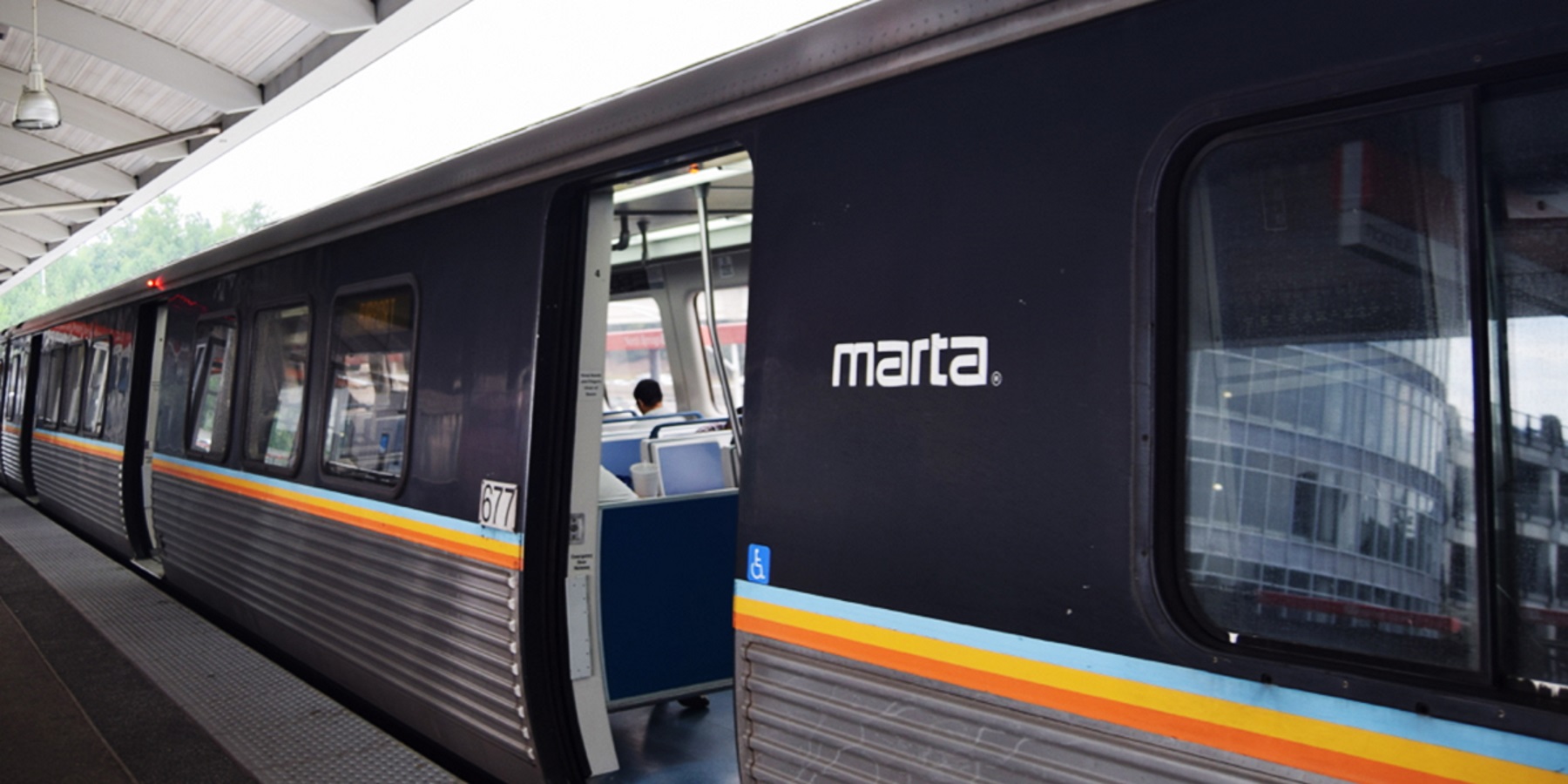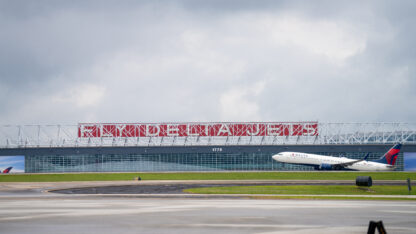MARTA, Atlanta’s Transit Agency, Figuring Out How It Will Expand

MARTA is in the process of prioritizing projects that have been approved by the Atlanta City Council. The long list includes bus service improvements, new streetcars and more heavy rail.
Alison Guillory / WABE
Atlanta voters have made themselves clear about transit: They want more of it. Last year, about 70 percent approved a half-penny sales tax to allow MARTA to grow.
Now it’s up to the transit agency to figure out what that expansion will look like.
MARTA is in the process of prioritizing projects previously approved by the Atlanta City Council. The list is long, including bus service improvements, new streetcars and more heavy rail.
In weighing the different projects, Georgia Tech professor Kari Watkins noted that a challenge with heavy rail is its cost. The trains rely on a third rail for electricity, which creates a risk.
“It has to be separated,” Watkins said. “We can’t have a station that’s running at street level. And so you have to have above-ground or underground stations.”
All of that construction becomes expensive. A 2-mile expansion of MARTA’s heavy rail west toward I-285 is estimated at $500 million.
That’s why light rail, or streetcars, have become popular in transit planning discussions. Watkins said those trains can be slightly cheaper because they can run along the road.
But she said that can also be to light-rail trains’ disadvantage because they could face the same issues as cars or buses. She pointed to the streetcar downtown.
“It’s running in traffic, and so it gets stuck in traffic. It goes so far as to have problems where a car will park, blocking, and the train can literally not get through,” Watkins said.
The only way to avoid that is to buy the right-of-way, so the streetcar has a dedicated lane, she said.
And that, too, can be costly. The 4 miles of separated light rail proposed along the Clifton Corridor edges past $1 billion.
Ultimately, MARTA’s assistant general manager Benjamin Limmer said the agency is looking to riders to help prioritize the projects. It just completed a monthslong public outreach campaign.
“We really want to develop and implement a program that is reflective of what the customers and citizens within the city want,” he said.
What MARTA has heard so far, Limmer said, is interest in rail expansion, but also more frequent bus service. He said that the agency has already improved bus routes with the new funding.
Overall, the sales tax is expected to generate $2.5 billion. For the infrastructure in heavy-rail projects, MARTA is relying on the federal government to cover half of the expenses.
Simon Berrebi, who founded the nonprofit MARTA Army and is now starting his own company, said the investment could have a huge impact.
Currently, he said only 12 percent of Atlanta residents live within a half-mile of a MARTA station.
“If the expansion is done in such a way that more people have access to better transit, then I think more people will start using it,” Berrebi said. “And I think it could have a profound change in the way the city looks and feels and the way people live their lives.”
MARTA expects to release a timeline for the expansion projects by the end of the year.
Atlanta voters are preparing to elect a new mayor and replace nearly half the City Council. In this moment of transition, WABE is exploring “The Future of Atlanta.”








